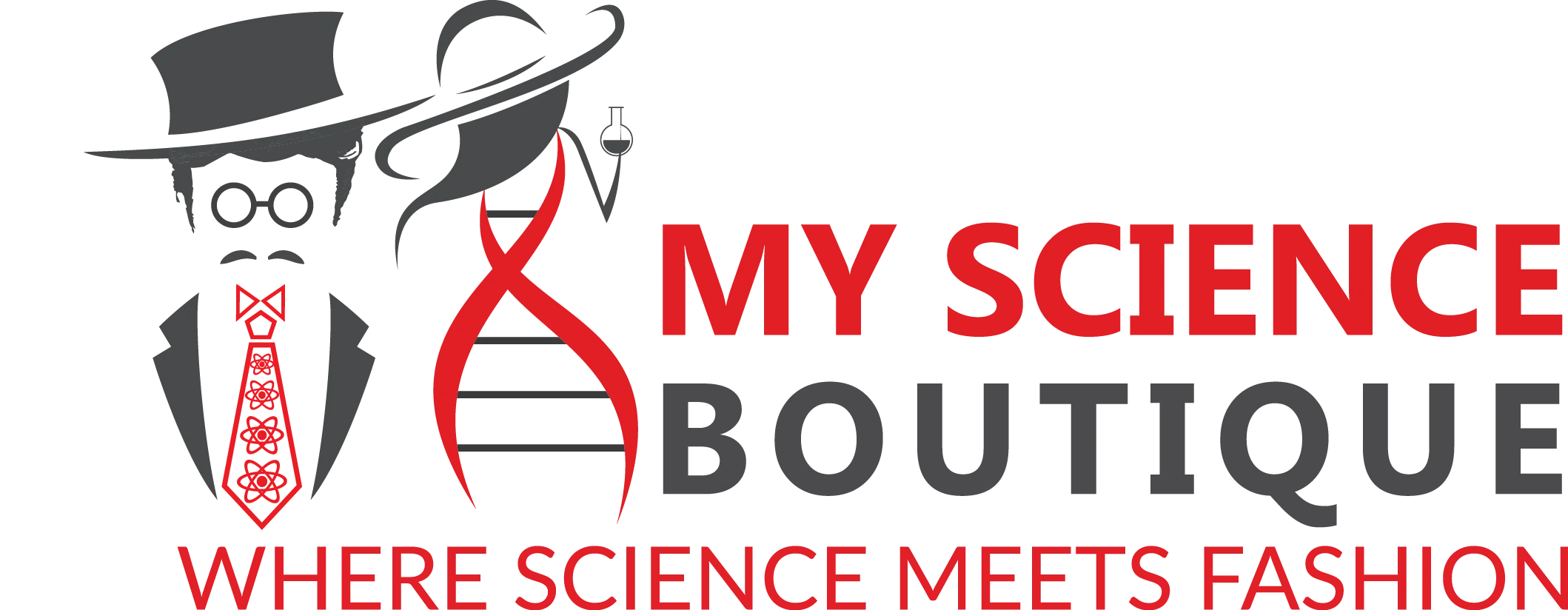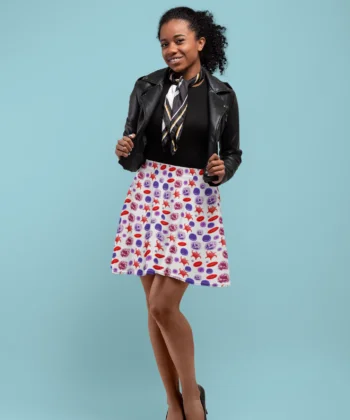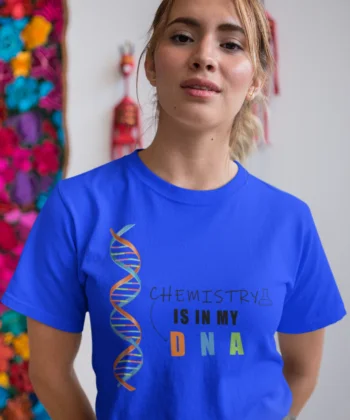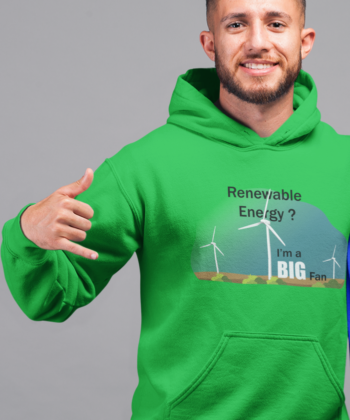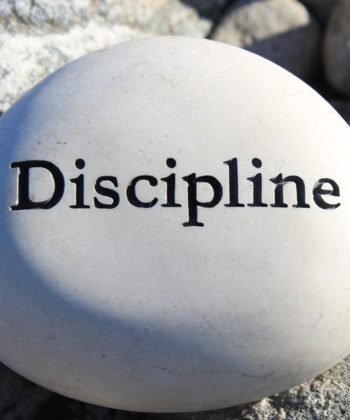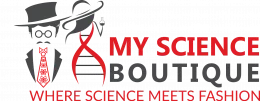What exactly is a coronavirus?
Viruses are basically a ball of genetic material surrounded by protective proteins that have one goal, often at odds with human health: self-reproduction. Human coronaviruses (CoVs) are a specific flavor of pathogenic viruses that belong to the family Coronaviridae. The virus that causes the disease COVID-19, known as SARS-CoV-2, is one example of a coronavirus. Although you may only have heard of them in the last few months, they are thought to have existed for over 6000 years(1), are actually fairly common, and generally only cause mild cold symptoms (2). That’s right, the annoying seasonal cold can be caused by a coronavirus. However, when these viruses jump from animals to humans in zoonotic transmission events, they’re typically much more dangerous. This was the case for the SARS and MERS epidemics, and is also true now for the COVID-19 pandemic (1).
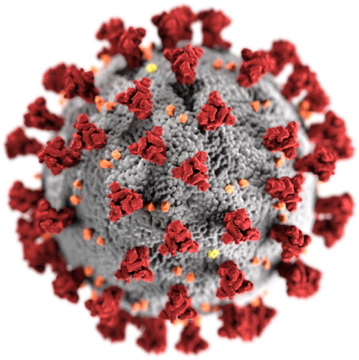
What have researchers been doing to learn about SARS-CoV-2?
After first being discovered in Hubei Province in China in December, COVID-19 has spread across the globe within a matter of weeks, as shown in the chart below.
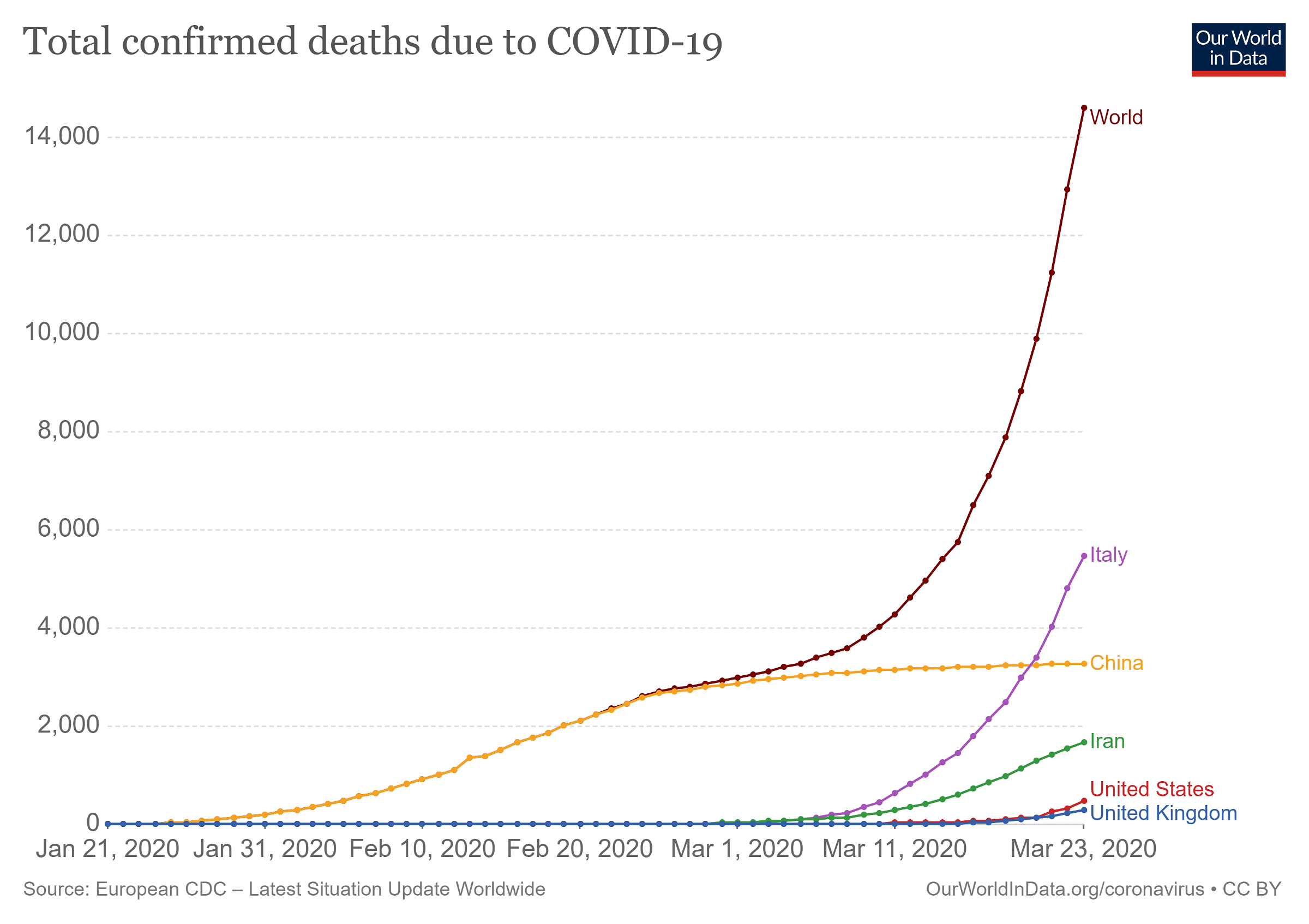
As a result, it has become an urgent necessity for scientists and clinicians to understand the biology of SARS-CoV-2. To develop a vaccine or antiviral drugs that target the virus as quickly as possible, scientists have been cranking out research and papers detailing their findings at a record pace.
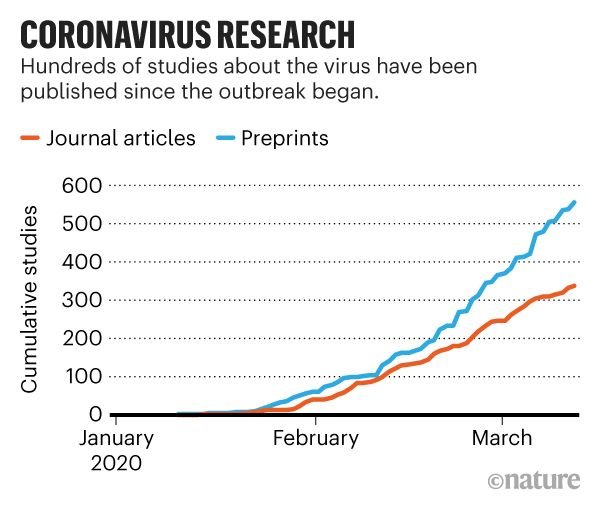
How does SARS-CoV-2 get inside cells, and how can we stop it?
The SARS-CoV-2 virus consists of genetic material—in this case, RNA—encased in a protective structure known as the envelope studded with proteins that allow it to bind to and invade a host cell.
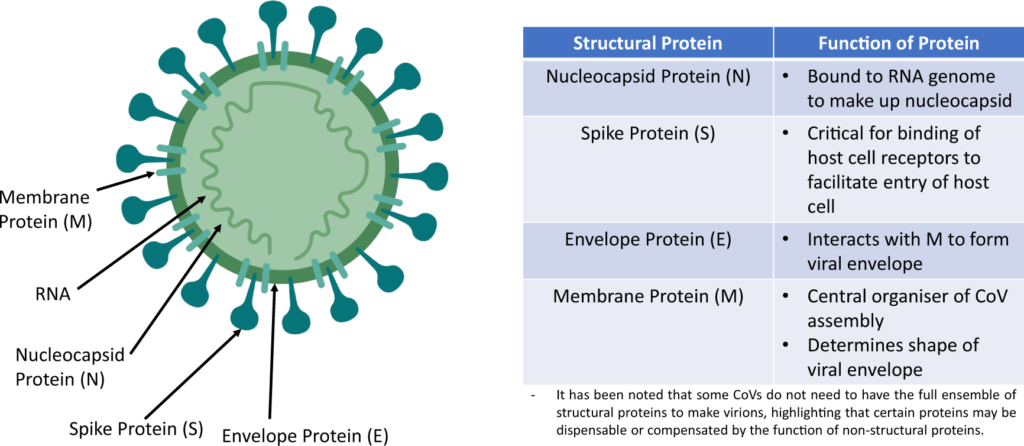
The spike protein on its surface allows the virus to latch on to the outside of cells by specifically grabbing on to the human protein angiotensin-converting enzyme 2 (ACE-2) (4). Below, you can see electron microscopy images of SARS-CoV-2 spike protein interacting with ACE-2.
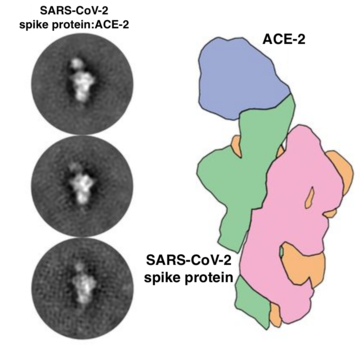
Because a fully functional spike protein consists of a group of three individual proteins clumped together, you often see them drawn as tulip-like structures. Take a look at the figure below, which shows the recently determined protein structure.

The human ACE-2 protein, the SARS-CoV-2 entry point on cells, is a very common target for treating hypertension and cardiovascular diseases, and patients with these conditions are often prescribed angiotensin-converting enzyme inhibitors (ACEIs) and angiotensin receptor blockers (ARBs). In experimental animals, ACEIs and ARBs seem to increase the number of ACE-2 proteins on cell surfaces, and the same is likely true for humans. Unfortunately, this may explain why people with underlying cardiovascular problems who contract COVID-19 have more severe symptoms than other individuals; more ACE-2 proteins on their cells means easier viral entry (5).
However, antibodies that can block the interaction between the SARS-CoV-2 spike protein and ACE-2 can decrease viral entry into cells (2). This could serve as a therapeutic direction for treating COVID-19. Alternatively, excess ACE-2 proteins could be introduced into the spaces between cells, allowing them to act as sponges for SARS-CoV-2 viruses and reduce cell infection (13).
What does SARS-CoV-2 do once inside a cell?
After viral entry, the goal of the virus is to replicate its genome, build new viruses, and get out, moving on to infect new cells. It does this by hijacking its host’s protein production and RNA replication machinery.
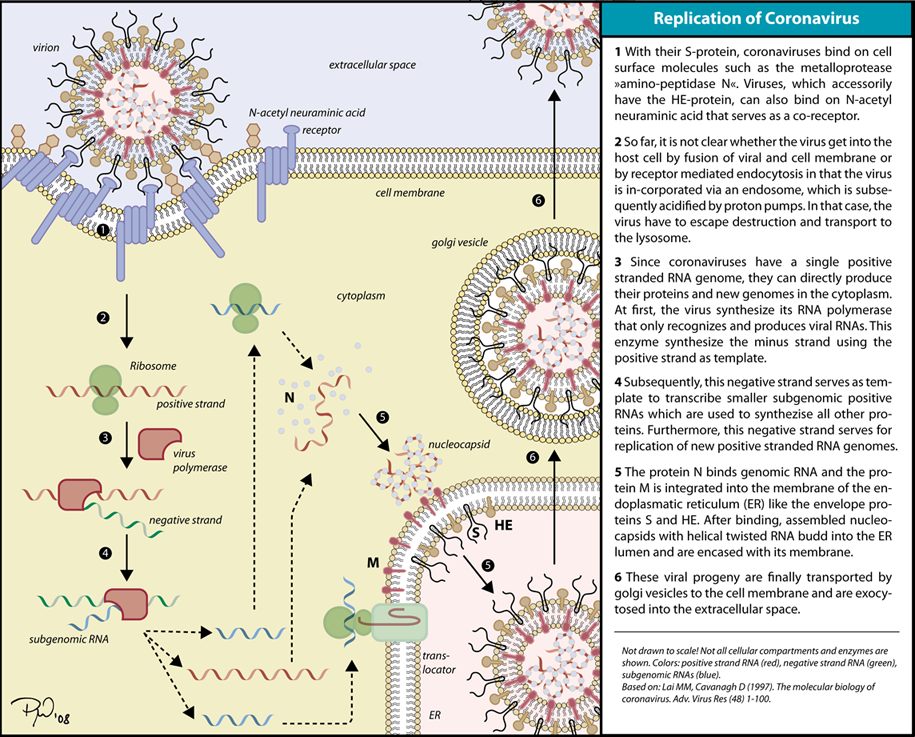
How similar is SARS-CoV-2 to other coronaviruses?
Luckily for us, SARS-CoV-2 is extremely similar to the virus that causes SARS, SARS-CoV. For example, about 76% of the spike protein amino acid sequence is identical between the two viruses (2). This is important, as the spike protein is a likely target for drugs and vaccines. You can see the visual similarity in the structures of SARS-CoV-2 (left, rainbow) and SARS-CoV (right, grey) below.
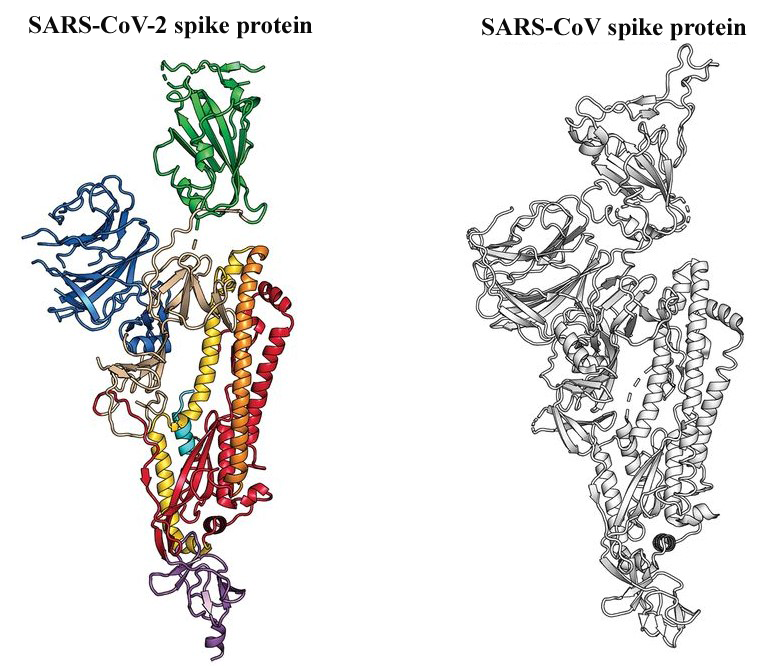
However, it appears that SARS-CoV-2’s spike protein may grab onto ACE-2 more strongly than that of SARS-CoV, and this could explain why COVID-19 spreads more easily than SARS did (7-9). It also appears that patients with COVID-19 might have a higher load, even if asymptomatic, than patients with SARS did, which could also be a factor in its rapid spread (8).


Were any effective treatments developed for SARS?
Unfortunately, no vaccines or antiviral drugs ever made it to clinical trials during the SARS outbreak in the early 2000s (2,10). Because travel restrictions and quarantines were able to stop the spread of SARS, funding for clinical research into therapeutics quickly dried up (10). However, because SARS-CoV-2 and SARS-CoV are so similar, patients who previously contracted SARS may be more resistant to COVID-19. Blood serum from these individuals contains antibodies that disrupt SARS-CoV entry into cells, and these antibodies seem to make it harder for SARS-CoV-2 viruses to get into cells as well (10).
What else do we know about viral entry?
In addition to developing a vaccine or antiviral that targets the spike protein interaction with ACE-2, scientists are also investigating other human cell surface proteins that the spike protein might use to attach to cells. These additional targets include the proteins CD147 (8) and integrins (11). A number of drugs that can block the interaction between the spike protein and CD147 were already found to be safe in clinical trials (8), and at least one such drug, Meplazumab, is currently being tested as a treatment for COVID-19 (12).
For the SARS-CoV-2 spike protein to grab hold of ACE-2, it must first be cut at a specific location and “primed”. To do this cutting, it can hijack another human cell surface protein called transmembrane protease serine 2 (TMPRSS2) (7,13). A drug targeting TMPRSS2 called camostat mesylate can block SARS-CoV-2 infection of lung cells and has already been approved for clinical use (2). Whether it will be effective in treating COVID-19 in patients has yet to be confirmed.
Can we develop a vaccine that targets more than just SARS-CoV-2?
To develop an effective vaccine, it will be crucial to identify which regions of SARS-CoV-2, known as epitopes, will be recognized by the human immune system to elicit a strong immune response. Ideally, these regions will be found not only in SARS-CoV-2, but also in SARS-CoV, and will, therefore, be more resistant to the future evolution of the viruses. Some of these regions have already been identified in the SARS-CoV-2 spike protein using bioinformatics techniques (14).
What should we do now and what effect will it have?
Please wash your hands and practice social distancing to help flatten the curve! But don’t forget to take care of yourself and take a break from the news if you’re feeling overwhelmed, as per the CDC’s advice.

Developing and testing a vaccine for SARS-CoV-2 may take a year or more. Taking immediate, global action to practice social distancing will save millions of lives, both young and old. And once a vaccine is developed, we must also ensure that a sufficient percentage of the population is inoculated to provide herd immunity, allowing the majority of those exposed to the virus to survive.

Image References
- Animashaun, C. (2020). 11 coronavirus charts everyone should see. Retrieved from
- https://www.vox.com/future-perfect/2020/3/12/21172040/coronavirus-covid-19-virus-charts
Callaway, E., Cyranoski, D., Mallapaty, S., Stoye, E., & Tollefson, J. (2020). The coronavirus pandemic in five powerful charts. Nature. - http://doi.org/10.1038/d41586-020-00758-2
(n.d.). Coronavirus replication - https://commons.wikimedia.org/wiki/File:Coronavirus_replication.png
Eckert, A., MS, & Higgins, D., MAM. SARS-CoV-2 - https://commons.wikimedia.org/wiki/File:SARS-CoV-2_without_background.png
Iwasaki, A. (@VirusesImmunity) Twitter post. March 19, 2020 - https://twitter.com/VirusesImmunity/status/1240307862028652545?s=20
Roser, M., & Ritchie, H. (n.d.). Confirmed COVID-19 cases by country. - http://doi.org/10.1101/2020.01.23.20018549v2
Text References
- Fung S-Y, Yuen K-S, Ye Z-W, Chan C-P, Jin D-Y. A tug-of-war between severe acute respiratory syndrome coronavirus 2 and host antiviral defence: lessons from other pathogenic viruses. Emerging Microbes Infections [Internet]. 2020 Mar 14;9(1). Available from: https://www.tandfonline.com/doi/full/10.1080/22221751.2020.1736644
- Hoffmann M, Kleine-Weber H, Schroeder S, Kruger N, Herrler T, Erichsen S, et al. SARS-CoV-2 Cell Entry Depends on ACE2 and TMPRSS2 and Is Blocked by a Clinically Proven Protease Inhibitor. Cell [Internet]. Elsevier; 2020 Mar 5;0(0). Available from: https://doi.org/10.1016/j.cell.2020.02.052
- Seah I, Su X, Lingam G. Revisiting the dangers of the coronavirus in the ophthalmology practice. Eye (Lond). Nature Publishing Group; 2020 Feb 6;16:69–3.
- Wrapp D, Wang N, Corbett KS, Goldsmith JA, Hsieh C-L, Abiona O, et al. Cryo-EM structure of the 2019-nCoV spike in the prefusion conformation. Science [Internet]. American Association for the Advancement of Science; 2020 Mar 12;367(6483):1260–3. Available from: https://science.sciencemag.org/content/367/6483/1260.long
- Diaz JH. Hypothesis: angiotensin-converting enzyme inhibitors and angiotensin receptor blockers may increase the risk of severe COVID-19. Journal of Travel Medicine [Internet]. 2020 Mar 18. Available from: https://academic.oup.com/jtm/advance-article/doi/10.1093/jtm/taaa041/5809509
- Novel Coronavirus Antigens Now Available – The Native Antigen Company. 2020 Feb 11. Available from: https://thenativeantigencompany.com/novel-coronavirus-antigens-now-available/
- Sungnak W, Huang N, Bécavin C, Berg M, Network HLB. SARS-CoV-2 Entry Genes Are Most Highly Expressed in Nasal Goblet and Ciliated Cells within Human Airways [Internet]. 2020. Available from: https://arxiv.org/abs/2003.06122
- Wang K, Chen W, Zhou Y-S, Lian J-Q, Zhang Z, Du P, et al. SARS-CoV-2 invades host cells via a novel route: CD147-spike protein. bioRxiv [Internet]. Cold Spring Harbor Laboratory; 2020 Mar 14;395:2020.03.14.988345. Available from: https://www.biorxiv.org/content/10.1101/2020.03.14.988345v1
- Walls AC, Park Y-J, Tortorici MA, Wall A, McGuire AT, Veesler D. Structure, Function, and Antigenicity of the SARS-CoV-2 Spike Glycoprotein. Cell. Elsevier; 2020 Mar 9;0(0).
- Macchiagodena M, Pagliai M, Procacci P. Inhibition of the Main Protease 3CL-pro of the Coronavirus Disease 19 via Structure-Based Ligand Design and Molecular Modeling [Internet]. 2020. Available from: https://arxiv.org/abs/2002.09937
- Sigrist CJ, Bridge A, Le Mercier P. A potential role for integrins in host cell entry by SARS-CoV-2. Antiviral Res. 2020 Mar 1;177:104759.
- Clinical Study of Anti-CD147 Humanized Meplazumab for Injection to Treat With 2019-nCoV Pneumonia – Full Text View – ClinicalTrials.gov. Available from: https://clinicaltrials.gov/ct2/show/NCT04275245
- Zhang H, Penninger JM, Li Y, Zhong N, Slutsky AS. Angiotensin-converting enzyme 2 (ACE2) as a SARS-CoV-2 receptor: molecular mechanisms and potential therapeutic target. Intensive Care Med. Springer Berlin Heidelberg; 2020 Mar 3;309(5):1–5.
- Grifoni A, Sidney J, Zhang Y, Scheuermann RH, Peters B, Sette A. A Sequence Homology and Bioinformatic Approach Can Predict Candidate Targets for Immune Responses to SARS-CoV-2. Cell Host Microbe [Internet]. 2020 Mar 16. Available from: https://www.sciencedirect.com/science/article/pii/S1931312820301669?via%3Dihub
Help us change the way science is perceived and presented.
Join the mission to support science literacy through these coolest science apparel.
Special note: A portion of all our proceeds goes towards supporting STEM education of young boys and girls.
